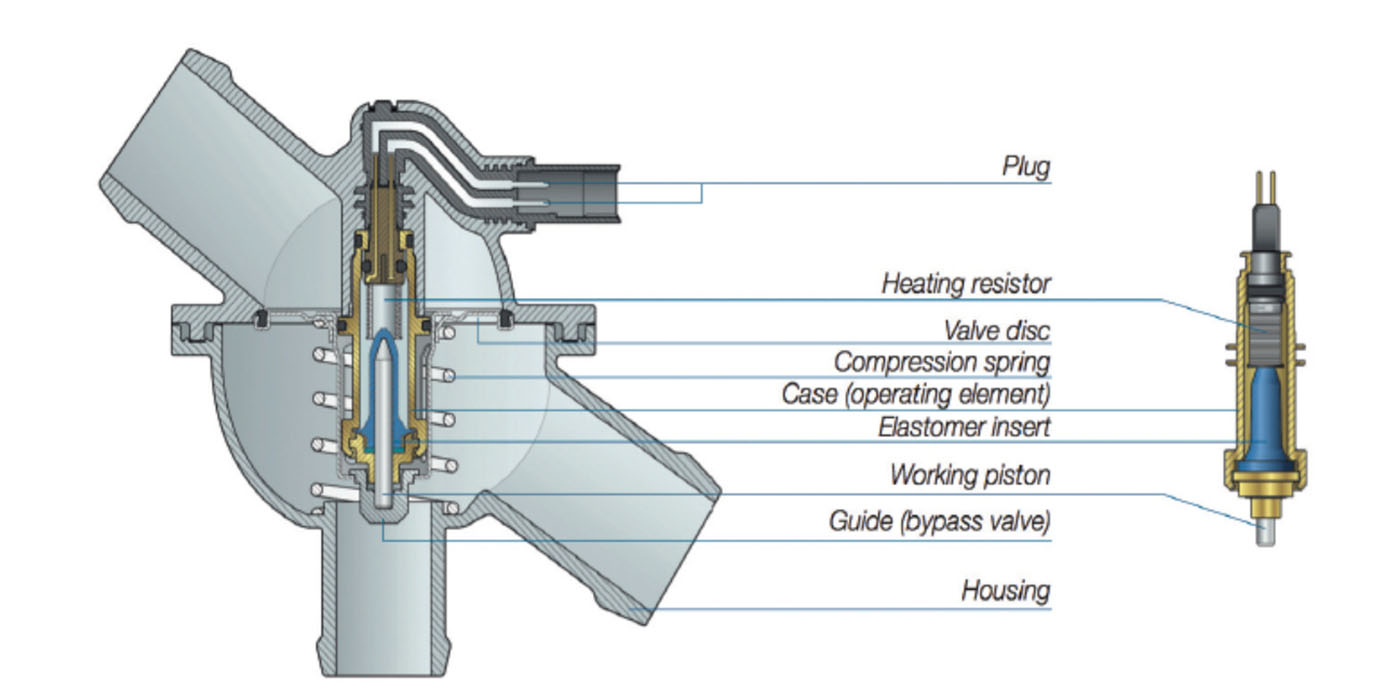There was a time when rubber belts and hoses were maintenance items that had to be replaced every five or six years, depending on their condition.
The original equipment belts and hoses on today’s late-model vehicles are mostly made of EPDM (ethylene propylene diene monomer), a synthetic rubber that is far more durable, heat-resistant and wear-resistant than Neoprene. This means serpentine belts and hoses made of EPDM may last up to 100,000 miles or more before they have to be replaced. But that doesn’t mean they will last forever.
A serpentine belt that’s aging or slipping may develop a hard glazed surface that makes the belt noisy. Aerosol belt treatments may quiet the noise for awhile, but sooner or later your customer will have to replace the belt.
The appearance of surface cracks in the rubber is another clue that a belt is reaching the end of the road and should be replaced — the sooner the better because a belt failure will result in a breakdown (loss of engine cooling, A/C cooling, charging output and power steering assist).
Belt noise and/or premature wear is often the result of a bad automatic tensioner. Customers should be advised to check their belt tensioner if a serpentine belt is making noise, slipping or fluttering when the engine is revved. High mileage tensioners often have weak springs and can stick if there is corrosion in the pivot bearing. A special tool is often needed to rotate the tensioner so the belt can be replaced.
Can’t find the automatic belt tensioner? Some late model engines don’t have one. Instead, they use a new type of “Stretch Fit” serpentine belt. Such belts have special polyamide tension cords inside that allow the belt to stretch slightly (like a rubber band), but in a controlled way so belt tension is maintained without the need of a tensioner. Ordinary serpentine belts do not stretch, and must use a tensioner or have some type of adjustments on the belt-driven accessories.
Though ordinary replacement serpentine belts must be the exact same length as the original to fit properly, Stretch Fit belts are actually slightly shorter than the original belt. Installation requires routing the belt around all of the pulleys, then stretching it over the last pulley with a special tool.
Applications for the new stretch Fit belts include 2004 and up Mazda MPV and Tribute 3.0L, 2005 and up Ford Escape 3.0L, 2006 & up Ford Fusion 3.0L, 2008 Ford Taurus 3.5L, 2007 and newer Chrysler Sebring and Dodge Stratus 2.7L, 2007 and up Dodge Nitro 4.0L, 2008 and up Chevy Silverado and GMC Sierra trucks, and 2008 and 2009 Hummer H3.
The New Stretch Fit belts are NOT designed to replace ordinary serpentine belts on older vehicles. They must only be used on newer vehicles that are designed for them. Likewise, an ordinary serpentine belt should not used in an application that requires a Stretch Fit belt. Attempting to stretch an ordinary serpentine belt over a pulley can damage the cords inside it and cause the belt to fail.
Something else that’s new is the use of overrunning alternator decouplers (OAD) on a growing number of late model vehicles, including Chevrolet Corvette, Camaro and HHR, Buick Lucerne, Cadillac CTS and Escalade, Volvo XC60 and XC90, and various Lexus, Scion and Toyota models.
Overrunning alternator decouplers (also referred to as isolating decoupler pulleys, or IDP) help enhance engine efficiency and reduce noise, vibration and harshness. Using any other type of replacement pulley on an alternator, such as a one-way clutch, isolating pulley or solid pulley, on an application that came originally equipped with an OAD pulley can lead to customer complaints about noise and vibration, as well as premature belt failure.
As for the hoses in the cooling system, coolant leaks are bad news because they can result in loss of coolant and rapid engine overheating. If an engine gets too hot, it may ruin the thermostat, damage the head gasket or cause the pistons to scuff. To prevent coolant leaks and breakdowns, hoses should be inspected periodically and replaced if showing signs of aging such as surface cracks, loss of pliability, unusual hardness













